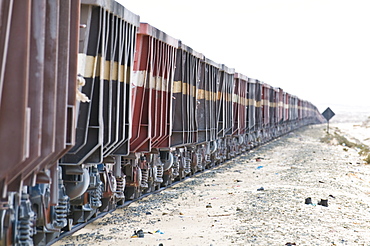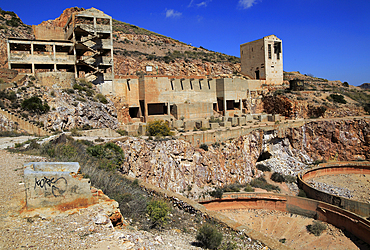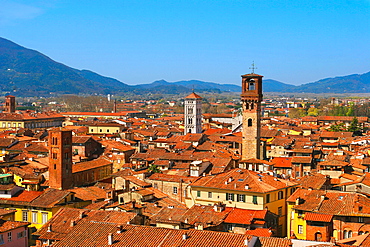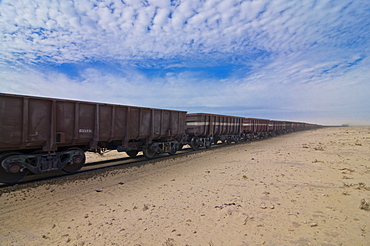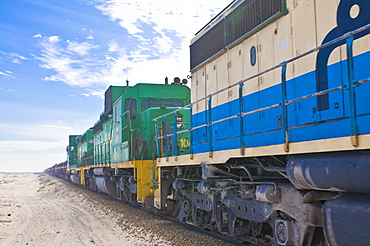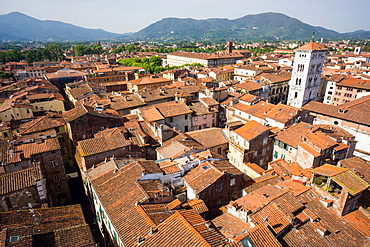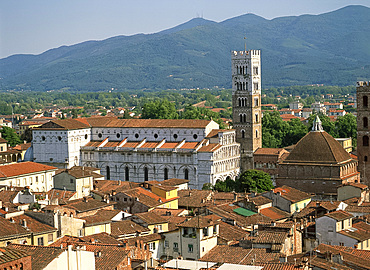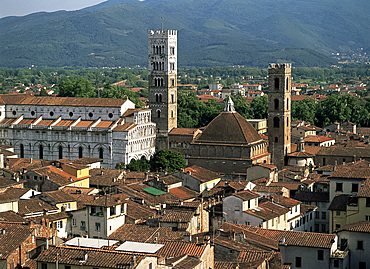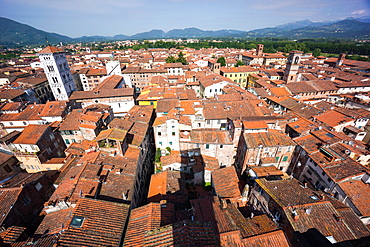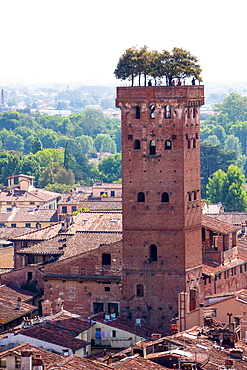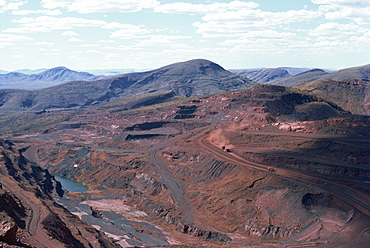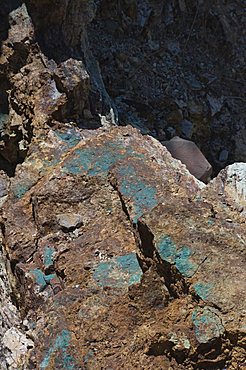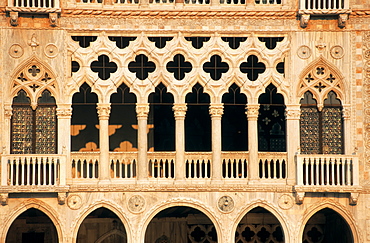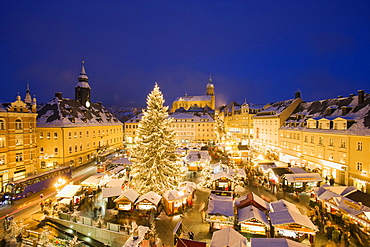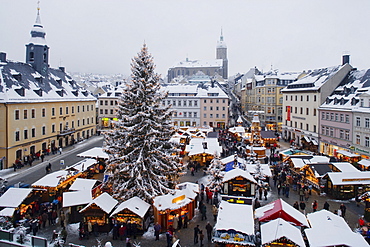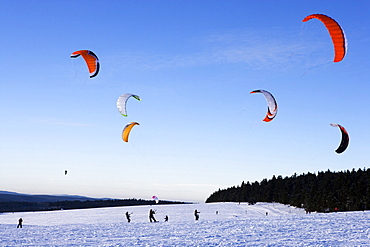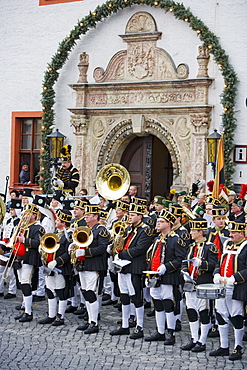Results
28 results found

El Cable Ingles raised railway line, built between 1902 and 1904 for iron ore export, Almeria city, Andalusia, Spain, Europe
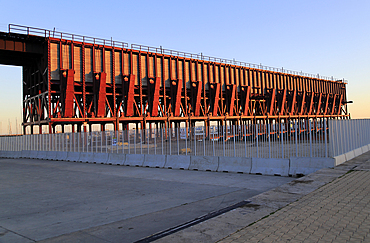
El Cable Ingles raised railway line, built between 1902 and 1904 for iron ore export, Almeria city, Andalusia, Spain, Europe
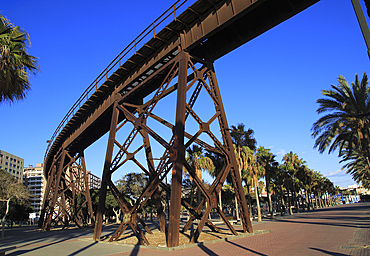
El Cable Ingles raised railway line, built between 1902 and 1904 for iron ore export, Almeria city, Andalusia, Spain, Europe
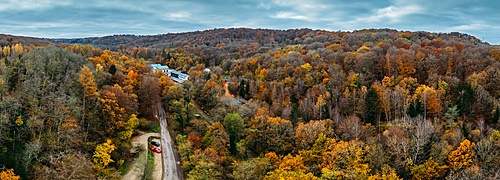
Panoramic view of iron ore mine Cockerill d'Esch-sur-Alzette that played a major role in economic boom from the 1870s to the 1990s, Luxembourg
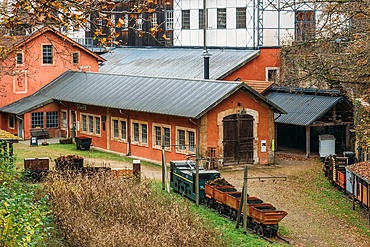
The iron ore mine Cockerill d'Esch-sur-Alzette played a major role in economic boom from the 1870s to the 1990s, Luxembourg
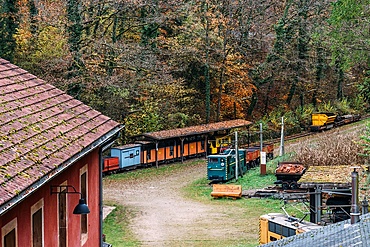
The iron ore mine Cockerill d'Esch-sur-Alzette played a major role in economic boom from the 1870s to the 1990s, Luxembourg

Ancient Lime works in the Ore Mountain Mining Region, UNESCO World Heritage Site, Kovarska (Schmiedeberg), Czech Republic, Europe
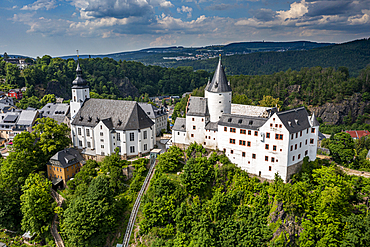
Aerial of St. Georgen Kirche and Palace, town of Schwarzenberg, Ore Mountains, UNESCO World Heritage Site, Saxony, Germany, Europe
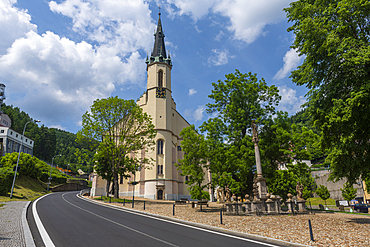
Mining town of Jachymov in the Ore Mountain Mining Region, UNESCO World Heritage Site, Karlovy Vary, Czech Republic, Europe

Aerial of St. Georgen Kirche and Palace, town of Schwarzenberg, Ore Mountains, UNESCO World Heritage Site, Saxony, Germany, Europe

Aerial of St. Georgen Kirche and Palace, town of Schwarzenberg, Ore Mountains, UNESCO World Heritage Site, Saxony, Germany, Europe
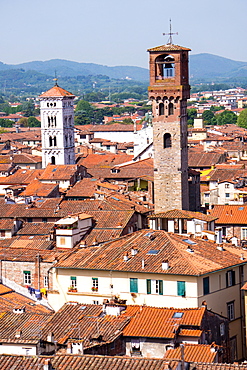
Roofscape as seen from Torre Guinigi, with the Torre delle Ore on the right, Lucca, Tuscany, Italy, Europe
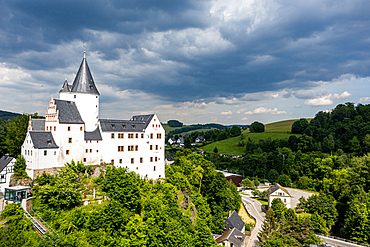
Aerial of St. Georgen Kirche and Palace, town of Schwarzenberg, Ore Mountains, UNESCO World Heritage Site, Saxony, Germany, Europe

Chuqui open-pit copper mine, 4km long, 720m d eep, trucks each carrying 300t of ore, Chuquicamata, Calama, Chile, South America
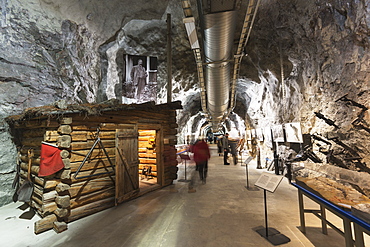
LKAB mining tour, largest underground iron ore mine in the world, Kiruna, Lapland, Arctic Circle, Sweden, Scandinavia, Europe
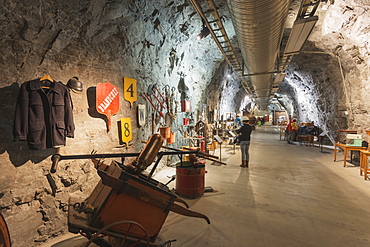
LKAB mining tour, largest underground iron ore mine in the world, Kiruna, Lapland, Arctic Circle, Sweden, Scandinavia, Europe
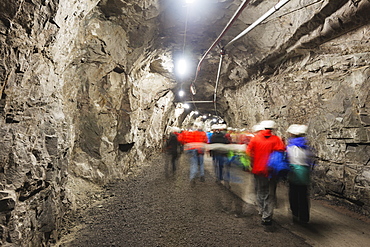
LKAB mining tour, largest underground iron ore mine in the world, Kiruna, Lapland, Arctic Circle, Sweden, Scandinavia, Europe

LKAB mining tour, largest underground iron ore mine in the world, Kiruna, Lapland, Arctic Circle, Sweden, Scandinavia, Europe
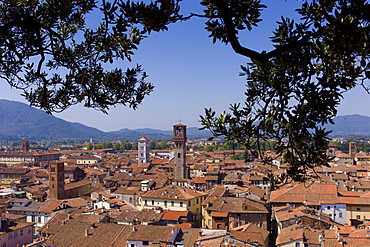
View from Torre Guinigi tower showing L to R Palazzo Ducale, Chiesa di San Cristoforo, Chiesa di San Michele, Torre Del Ore, Lucca, Italy
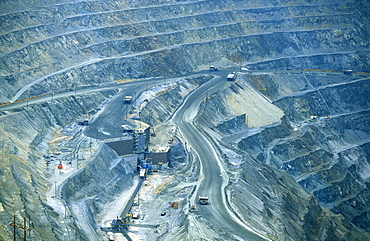
Bingham Canyon Copper Mine, Salt Lake City, Utah, UsaBingham Canyon Copper Mine, the 'Richest Hole on Earth' and the largest excavation in the world at 2.5 miles wide & .75 mile deep. The ore goes to the smelter on Great Salt Lake
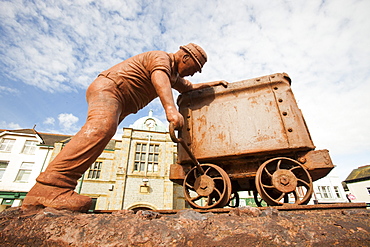
A sculpture in Millom depicting the area's heritage for iron ore mining, Millom, Cumbria, England, United Kingdom, Europe
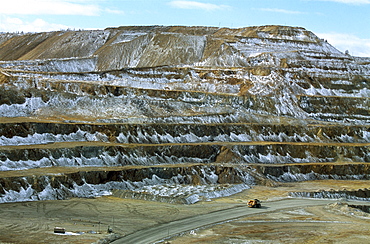
Mongolian-russian mining venture on outskirts of erdenet city, population of 80,000 dictates work as well as life in soviet -style city. 5,200 employees work at this site excavating up to 25.2 million tons of iron year
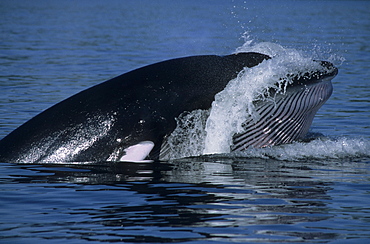
Late phase of an oblique lunge. The Minke whale (Balaenoptera acutorostrata) falls back into the water while its throat is still expanded and water is pushed out under high pressure. St. Lawrence estuary, Canada
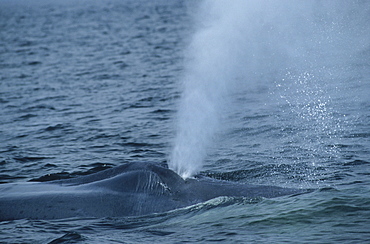
Blue whale (Balaenoptera musculus) exhaling a cloud of tiny water droplets into the air. St. Lawrence estuary, Canada
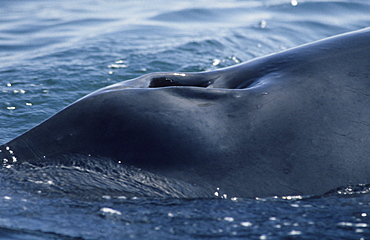
Close up of the blowholes of a Minke whale (Balaenoptera acutorostrata) that lie just posterior of the distinctive ridge stretching over the rostrum. St. Lawrence estuary, Canada
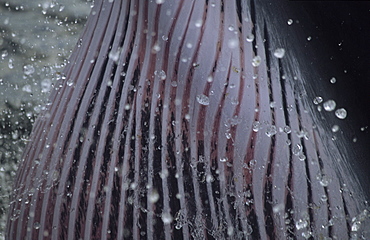
Amazing closeup of a lunging Minke whale (Balaenoptera acutorostrata) feeding on krill. Some of these small euphausiids are still hanging on to the expanded grooves. St. Lawrence estuary, Canada

She canÃt be more trusting than that. A curious Minke whale (Balaenoptera acutorostrata) has turned upside down exposing her white belly, navel and genital slits to the photographer. St. Lawrence estuary, Canada
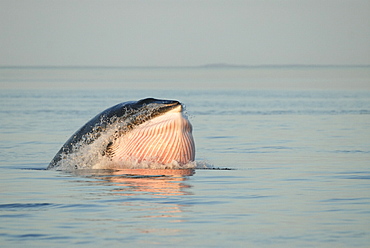
A perfect oblique lunge of a Minke whale (Balaenoptera acutorostrata) surface feeding in the early evening. Its Grooves are expanded and water is purged out, two main characteristics of a feeding strike. St. Lawrence estuary, Canada
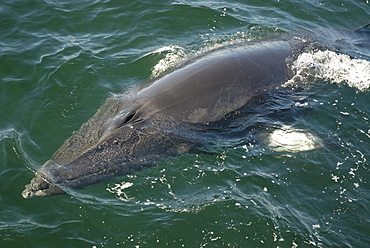
Steering with its pectoral fins the friendly Minke whale (Balaenoptera acutorostrata) turns its streamlined body towards the boat in order to dive under the hull. St. Lawrence estuary, Canada. Sequence 5/6

She canÃt be more trusting than that. A curious Minke whale (Balaenoptera acutorostrata) has turned upside down exposing her white belly, navel and genital slits to the photographer. St. Lawrence estuary, Canada
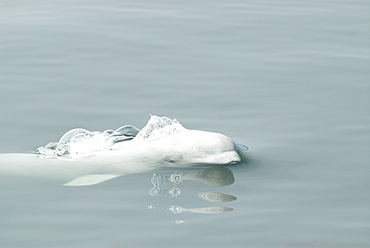
Just a split second before surfacing, a Beluga whale (Delphinapterus leucas) opens its blowhole to exhale ready to inhale when the blowhole has cleared the water. Beluga whales are an endangered and protected species in the St. Lawrence estuary, Canada
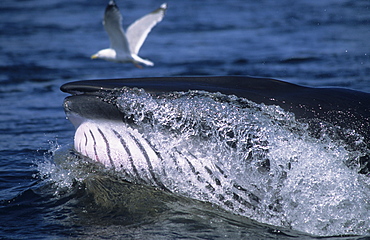
Closeup of a the mouth tip of a lunging Minke whale (Balaenoptera acutorostrata). To extract the engulfed fish the whale purges water through a slight opening between its lips. St. Lawrence estuary, Canada
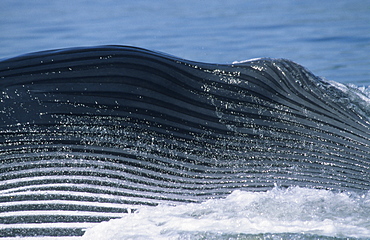
Closeup of the expanded grooves of a giant Blue whale (Balaenoptera musculus) during a lateral lunge, a feeding strike occasionally seen in the St. Lawrence estuary, Canada.
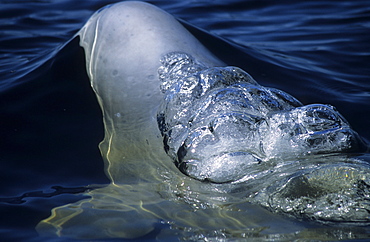
Just before surfacing a beluga whale (Delphinapterus leucas) exhales while its blowhole is still submerged creating large air bubbles. St. Lawrence estuary, Canada
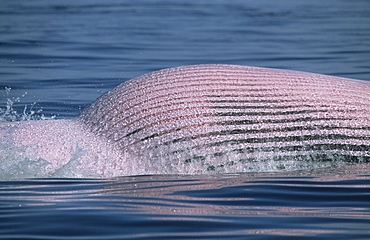
A dense net of blood vessels colour the belly of Minke whales (Balaenoptera acutorostrata) named Picasso pink during high feeding activity. St. Lawrence estuary, Canada
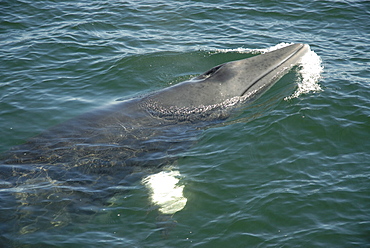
The white flipper band of a Minke whale (Balaenoptera acutorostrata) is visible through the greenish water. This distinctive feature is characteristic of Minke whales of the northern hemisphere and the most obvious difference to their relatives in the Antarctic. St. Lawrence estuary, Canada
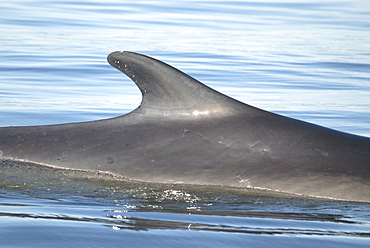
Tall dorsal fin of a Finback whale (Balaenoptera physalus) which is located far back along the dorsal ridge. This prominent feature is often used for identification. St. Lawrence estuary, Canada
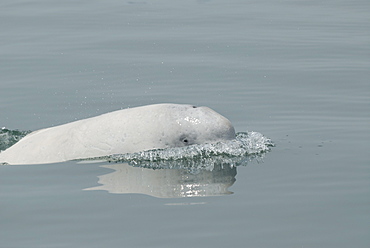
Juvenile Beluga whale (Delphinapterus leucas), an endangered and protected species, lifts its head to take a look at the research vessel. Beluga calves are dark in colour and turn white at seven to nine years of age. St. Lawrence estuary, Canada
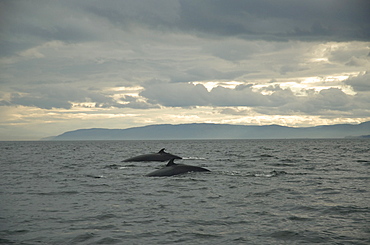
Although largely solitary animals, certain individual Minke whales (Balaenoptera acutorostrata) of the St. Lawrence estuary, Canada, have started to form pairs in recent years. Reasons for this are not yet well understood.

A friendly Minke whale (Balaenoptera acutorostrata) has rolled onto its right side to take a better look at the excited people on the boat. Note that the left eye is open. St. Lawrence estuary, Canada

Only for a few seconds the blowhole of a surfacing beluga whale (Delphinapterus leucas) is exposed and free of water. St. Lawrence estuary, Canada Sequence 1/3.
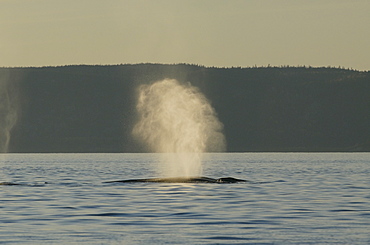
Tiny water droplets catch the last light of the setting sun as this Finback whale (Balaenoptera physalus) exhales blasting the air compressed in its huge lungs high into the air. St. Lawrence estuary, Canada
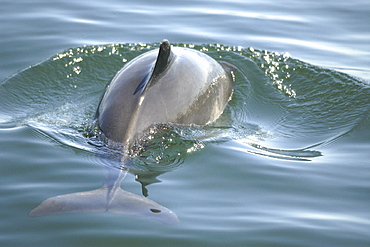
Harbour porpoise (Phocoena phocoena) arching its back to dive just as its giant relatives do. However, these small cetaceans donÃŒt dive as deep. St. Lawrence estuary, Canada (RR)

The Humpback whales (Megaptera novaeangliae) named Tic-Tac-Toe and Siam diving in close proximity to kayakers who will certainly always remember this very special encounter with these giants. The absence of an engine might make it difficult for whales to perceive kayakers. St. Lawrence estuary, Canada
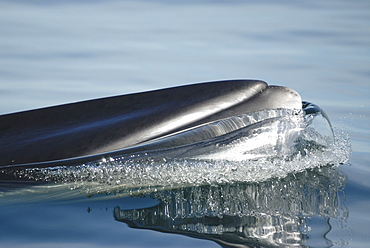
What is more beautiful? The harmonically formed tip of the Minke whaleÃŒs (Balaenoptera acutorostrata) snout or the water bubble along its lips? St. Lawrence estuary, Canada
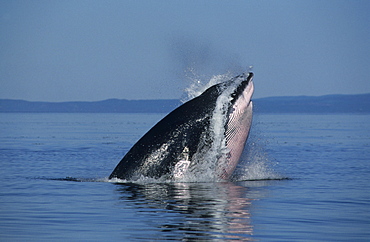
Oblique lunge of a Minke whale (Balaenoptera acutorostrata) named Crowsfoot who has performed all feeding manoeuvre types known from the St. Lawrence estuary, Canada

Two Minke whales (Balaenoptera acutorostrata) surfacing as a pair. Whales migrating to the St. Lawrence estuary, Canada, have to share their summer feeding ground with numerous freighters along the international seaway which connects Quebec City with the Atlantic ocean.
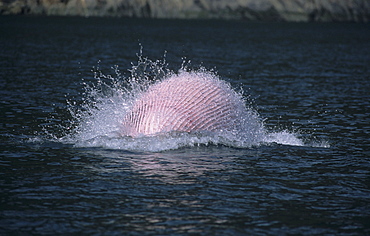
Like a piece of art thousands of waterdrops cover the expanded belly of a Minke whale (Balaenoptera acutorostrata) performing a ventral arc. St. Lawrence estuary, Canada
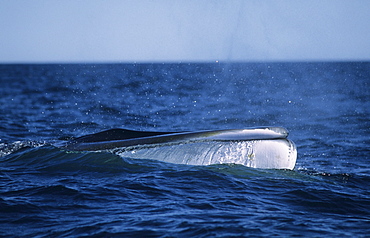
The white tip of a Finback whaleÌs (Balaenoptera physalus) snout showing a distinctive characteristic of this species; the lower right jaw is white in colour whereas the left side is dark. Gasp», Canada
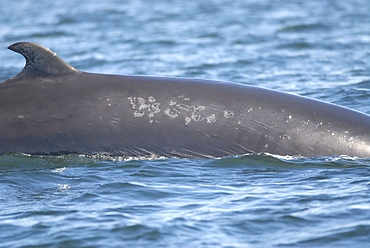
Unusual scratches and impermanent patches on the skin of a Minke whale (Balaenoptera acutorostrata) known as Otter who was first identified in the St. Lawrence estuary, Canada, in 1996.
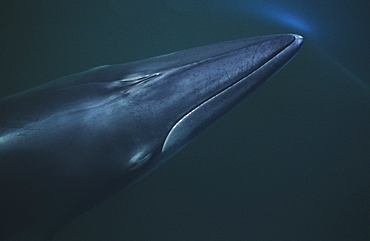
The pointy snout of a surfacing Minke whale (Balaenoptera acutorostrata) keeping its blowholes tightly closed until the moment they break the surface. St. Lawrence estuary, Canada
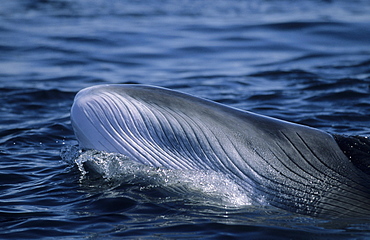
Closeup of a Minke whale (Balaenoptera acutorostrata) showing the beautiful pattern of parallel grooves near the tip of the snout. St. Lawrence estuary, Canada

The result of a strong head slap of a Minke whale (Balaenoptera acutorostrata). Such a splash supposedly scares shoaling fish that are known to cluster when threatened. St. Lawrence estuary, Canada

Finback whale (Balaenoptera physalus) might be seen alone or in pairs but often form groups of more than a dozen animals in order to hunt fish. St. Lawrence estuary, Canada (RR)
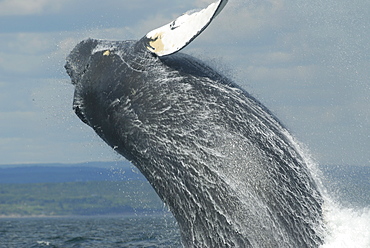
The female Humpback whale (Megaptera novaeangliae) named Tic-Tac-Toe, a regular visitor to the area, breaches close to the research vessel. Out of joy, to fool around, or simply to impress people or her companion Siam? St. Lawrence estuary, Canada Sequence 2/3.
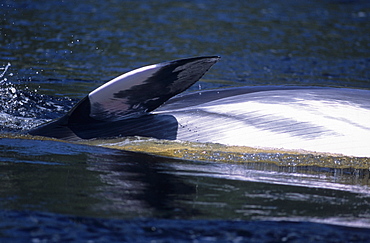
The distinctive colouration pattern of a Minke whale (Balaenoptera acutorostrata). Note that the typical white flipper band extends on to the lower side of the pectoral fin. St. Lawrence estuary, Canada (RR)
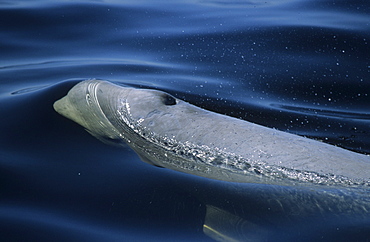
A surfacing beluga whale (Delphinapterus leucas). Note the open blowhole, eye, distinctive lips, and pronounced forehed. St. Lawrence estuary, Canada Sequence 2/3.
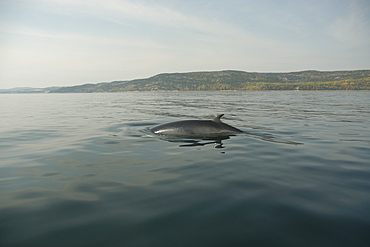
The Indian summer colours the tree line along the coast indicating the oncoming winter. A sign that Minke whales (Balaenoptera acutorostrata) should start their migration south to unknown waters. St. Lawrence estuary, Canada

She canÃŒt be more trusting than that. A curious Minke whale (Balaenoptera acutorostrata) has turned upside down exposing her white belly, navel and genital slits to the photographer. St. Lawrence estuary, Canada
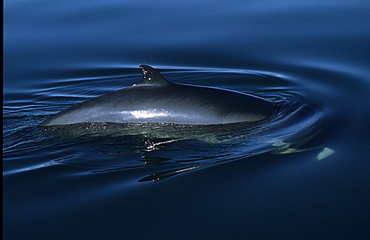
Even in conditions with little visibility, the white flipper band of a Minke whale (Balaenoptera acutorostrata) shines through the water of the St. Lawrence estuary, Canada
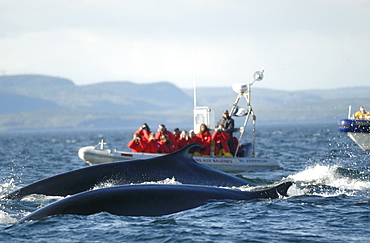
A group of Finback whales (Balaenoptera physalus) surfaces right beside two whale watching boats. St. Lawrence estuary, Canada

The purging water almost reaches the photographers camera. Closeup of an oblique lunge of a surface feeding Minke whale (Balaenoptera acutorostrata). St. Lawrence estuary, Canada
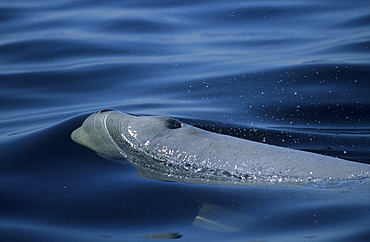
A surfacing beluga whale (Delphinapterus leucas). Note the open blowhole, eye, distinctive lips, and pronounced forehed. St. Lawrence estuary, Canada Sequence 3/3.
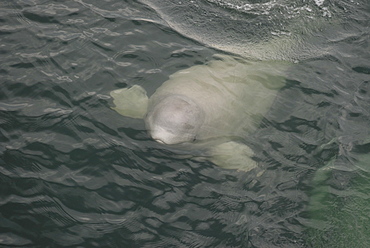
Curious Beluga whale (Delphinapterus leucas) surfaces near the boat, its flippers widely spread in order to keep its balance. Note the distinctive lips and the open eye. St. Lawrence estuary, Canada Sequence 2/2.

Very rare photograph of a curious Harbour porpoise (Phocoena phocoena) visiting the research vessel. St. Lawrence estuary, Canada (RR)

Friendly Minke whale (Balaenoptera acutorostrata) surfacing laterally and curiously approaching the research vessel. St. Lawrence estuary, Canada

The white bodies of a group of Beluga whales (Delphinapterus leucas) breaking the surface of the calm water. These beluga whales that live in the St. Lawrence, Canada, year-round belong to the furthest southerly population of this arctic whale species.

Approaching the boat from behind, this Minke whale (Balaenoptera acutorostrata) heaves its head out of the water. St. Lawrence estuary, Canada. Sequence 2/3.
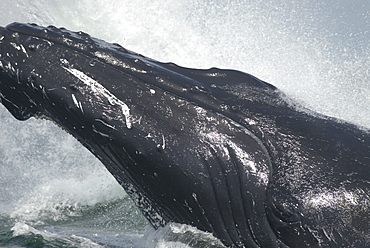
The Humpback whale (Megaptera novaeangliae) named Tic-Tac-Toe leaps out of the water right beside the research boat taking a close look at the photographer. St. Lawrence estuary, Canada
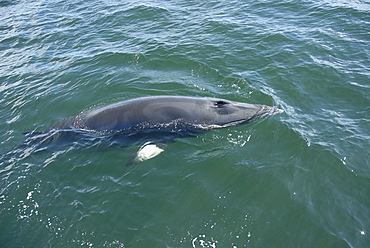
Very slowly, a curious Minke whale (Balaenoptera acutorostrata) surfaces spreading its pectoral fins perpendicular to its body. St. Lawrence estuary, Canada

A beautiful and powerful cloud formation above the surfacing Minke whales (Balaenoptera acutorostrata). St. Lawrence estuary, Canada
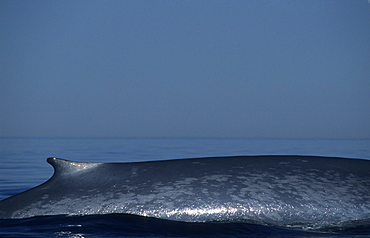
The blueish colouration pattern of Blue whales (Balaenoptera musculus) is used for photo-identification. St. Lawrence estuary, Canada

A beluga whale (Delphinapterus leucas) pushing the water up in front of it creating a bow wave similar to ships. St. Lawrence estuary, Canada
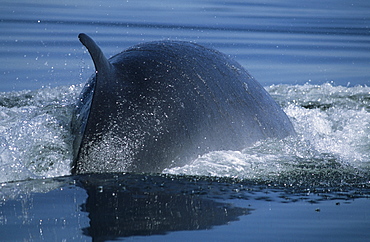
ItÃŒs all about being fast and agile when hunting small schooling capelin, the main prey of Minke whales (Balaenoptera acutorostrata) in the St. Lawrence estuary, Canada
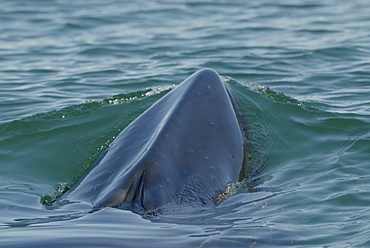
Minke whale (Balaenoptera acutorostrata) surfacing in the green coloured water. Although exposed, she still has both blowholes tightly closed. Note the pronounced ridge on the rostrum, a main feature of rorqual whales. St. Lawrence estuary, Canada Sequence 1/2.

Fluking Humpbac whale (Megaptera novaeangliae) showing its wide tail stock with the powerful muscles leading to its flukes. St. Lawrence estuary, Canada
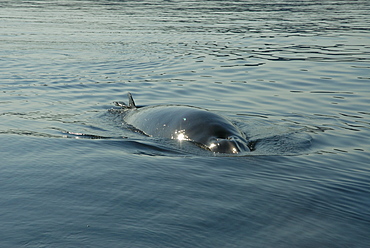
Surfacing sequence of a Minke whale (Balaenoptera acutorostrata) which is following the research vessel. Such friendly whales are most often curious juveniles which love to take a break from their main activity, feeding. St. Lawrence estuary, Canada Sequence 3/6.

Minke whale (Balaenoptera acutorostrata) swimming into a path of light created on the watervs surface by the setting sun. St. Lawrence estuary, Canada. Sequence 1/2.

Finback whale (Balaenoptera physalus) arching its back in order to dive showing its tall dorsal fin and patches of green algae that cover its back. St. Lawrence estuary, Canada
